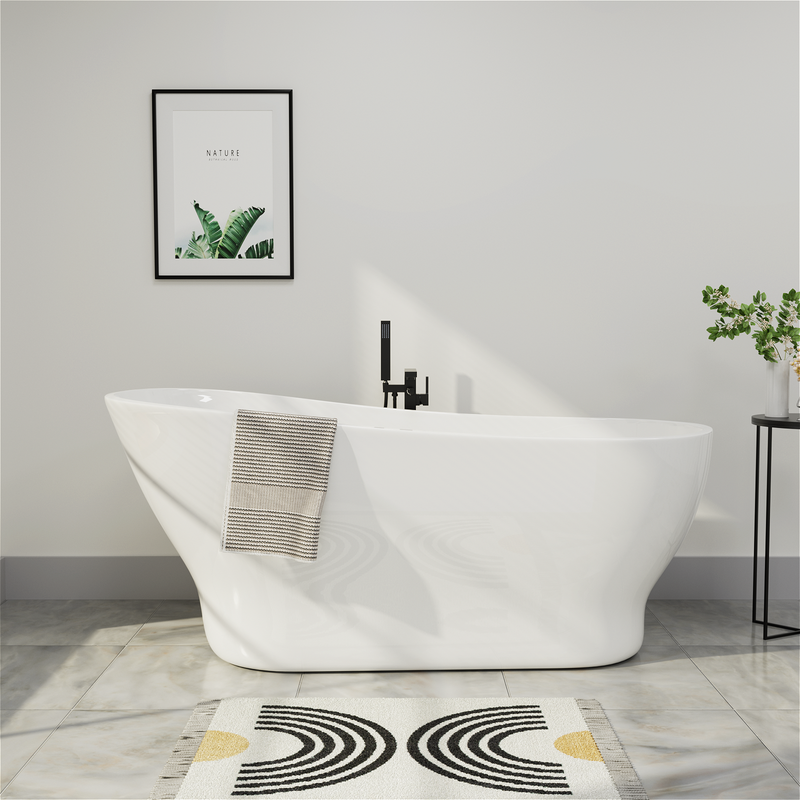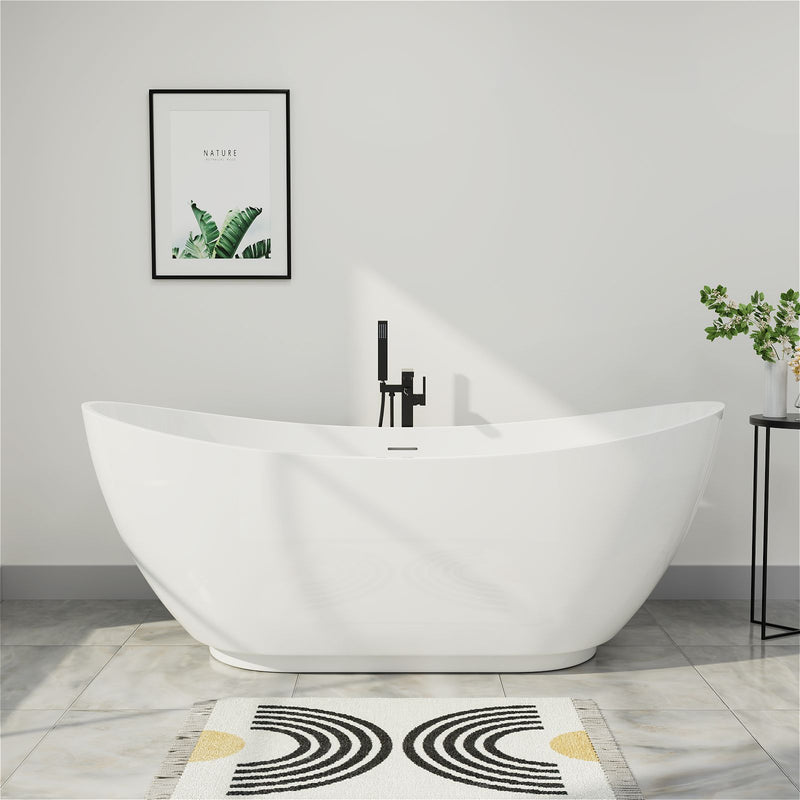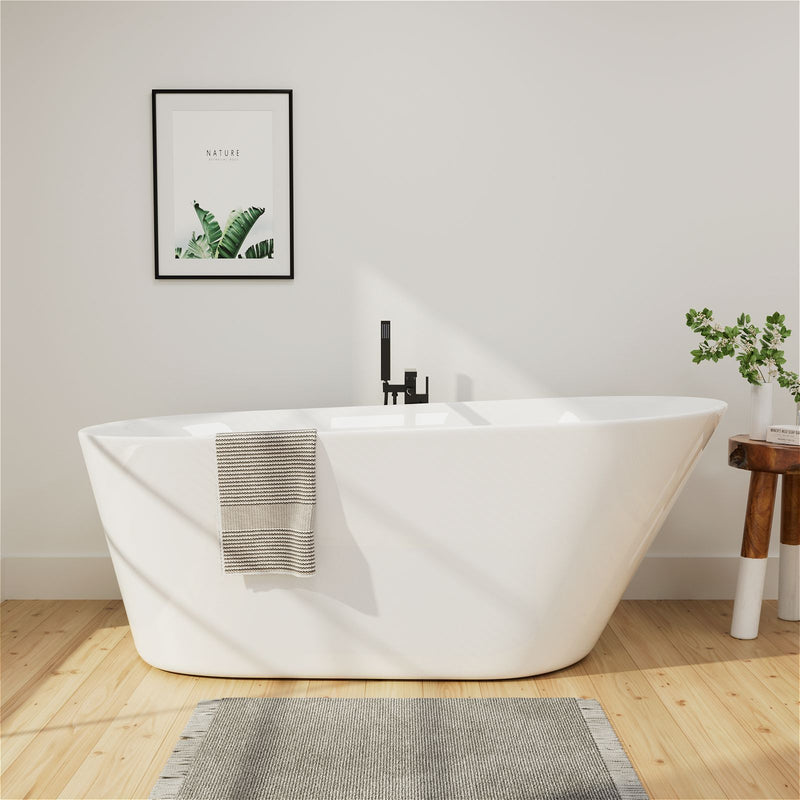Bathtub refinishing has become an increasingly popular alternative to complete replacement, offering homeowners a cost-effective way to restore worn or outdated bathrooms to their former glory. At the heart of any successful bathtub refinishing project lies a crucial, yet often overlooked component: the bathtub primer. This specialized coating product serves as the critical link between the existing bathtub surface and the new finish coat, creating a bond that determines the entire project's durability and appearance. Proper primer application can mean the difference between a refinishing job that lasts for years and one that fails within months. Understanding the science behind bathtub primers, their proper application techniques, and how to select the right product for your specific situation empowers homeowners and professionals alike to achieve superior, long-lasting results. This comprehensive guide explores the essential aspects of bathtub primers, providing evidence-based information to help you navigate your next bathtub refinishing project with confidence.
Understanding Bathtub Primer Fundamentals
Bathtub primer is not merely a diluted version of the topcoat but a specially formulated product designed to address the unique challenges of bathroom environments. These primers serve multiple essential functions in the refinishing process. First and foremost, they create superior adhesion between the existing bathtub surface and the new coating system. Modern bathtub surfaces, whether acrylic, fiberglass, porcelain, or enameled steel, present non-porous surfaces that finishing coats struggle to bond with directly. The chemical composition of primers includes active ingredients that slightly etch or mechanically bond to these smooth surfaces, providing the "tooth" necessary for the topcoat to adhere properly.

Beyond adhesion, primers act as a sealing layer that protects against moisture penetration and prevents stains from bleeding through the new finish. This is particularly important in bathroom environments where moisture is constantly present, and existing stains from minerals, soap residues, or previous coatings could compromise the new finish's appearance. Quality primers contain blocking agents that prevent such discoloration from migrating to the surface. Additionally, certain specialized primers offer corrosion-inhibition properties that protect metal tubs from rust progression, effectively neutralizing existing rust spots and preventing new rust formation.
The chemical resistance of bathtub primers represents another critical function. Bathroom surfaces regularly encounter harsh cleaning chemicals, shampoos, soaps, and extreme pH substances that can degrade improperly prepared surfaces. A properly applied primer creates a stable, chemically resistant base that protects the underlying tub material from these aggressive substances while providing a uniform surface for the topcoat to achieve consistent color and gloss retention. This foundation significantly extends the lifespan of the refinishing job by preventing premature failure due to chemical attack or moisture infiltration.
Types of Bathtub Primers and Their Applications
The bathtub primer market offers several distinct product categories, each designed for specific applications and surface types. Understanding these variations ensures selecting the appropriate primer for your particular project. Epoxy-based primers represent one of the most common categories, known for their exceptional adhesion and durability. These two-part systems consist of a resin and a hardener that must be mixed immediately before application. Once cured, epoxy primers create an extremely hard, chemical-resistant surface suitable for most tub materials, including cast iron, steel, and acrylic. Their main disadvantage lies in their pot life—the working time after mixing—which typically ranges from 30 minutes to two hours, requiring efficient application to avoid wasting material.
Water-based acrylic primers have gained popularity due to their low odor, easy cleanup, and environmental advantages. These products emit minimal volatile organic compounds (VOCs), making them suitable for well-occupied homes and environments with limited ventilation. While historically considered less durable than their solvent-based counterparts, advancements in acrylic technology have significantly improved their performance, with many professional-grade products now rivaling traditional options. Acrylic primers work well on acrylic and fiberglass tubs but may require special formulation for optimal adhesion to porcelain or enameled steel.
For specialized situations, certain primers address specific challenges. Stain-blocking primers prevent tannin bleed, ink, water spots, and other discoloration from compromising the final appearance. Rust-inhibitive primers contain compounds that neutralize existing corrosion and prevent its spread, essential for metal tubs showing signs of oxidation. Multi-surface primers offer versatility for projects involving different materials, such as when refinishing both the tub and surrounding tile. These products are formulated to adhere adequately to various surfaces without excelling at any specific challenge, representing a compromise solution for mixed-material projects.
Surface Preparation Before Primer Application
The importance of proper surface preparation cannot be overstated in bathtub refinishing. Even the highest quality primer will fail if applied to a poorly prepared surface. The preparation process begins with a thorough inspection to identify any cracks, chips, or structural damage that requires repair before proceeding. Professional refinishers often use magnification and bright lighting to detect hairline cracks invisible to the naked eye. Any identified damage must be addressed using appropriate repair compounds designed for the specific tub material.

Cleaning represents the next critical step, requiring the complete removal of all soap scum, body oils, mineral deposits, and previous coating residues. Specialized de-greasing agents effectively remove the invisible oil film that accumulates on bathroom surfaces, while acidic descalers dissolve mineral deposits from hard water. The cleaning process typically involves multiple steps with different cleaning agents, followed by thorough rinsing to remove all chemical residues. After cleaning, the surface must be completely dried, as moisture trapped beneath the primer will inevitably lead to adhesion failure.
Surface profiling, the process of creating microscopic roughness on an otherwise smooth surface, establishes the mechanical bond necessary for primer adhesion. This can be achieved through chemical etching using acidic preparations or, more commonly, through mechanical abrasion using sandpaper or abrasive pads. The appropriate abrasion method depends on the tub material—non-woven abrasive pads work well for acrylic and fiberglass, while silicon carbide sandpaper is preferred for porcelain and enameled steel. The goal is to create a uniformly dull surface without visible scratch patterns, typically achieved with 180-400 grit abrasives. After abrasion, all dust must be completely removed using tack cloths and vacuum systems designed for surface preparation.
Professional Application Techniques
Applying bathtub primer requires precision and attention to environmental conditions to achieve optimal results. Temperature and humidity control dramatically impact primer performance, with ideal application temperatures typically ranging between 65-85°F and relative humidity below 70%. Extreme temperatures cause application issues—cold conditions slow curing and promote orange peel texture, while heat accelerates drying, potentially causing dry spray and poor film formation. High humidity introduces moisture contamination risk, causing blushing (whitish discoloration) in solvent-based products and extending drying times for water-based primers.
Mixing procedures vary by product type but must be followed meticulously. Two-part products require precise measurement of components using graduated mixing containers rather than approximate "eyeball" measurements. Inadequate mixing leads to uneven curing and reduced performance, while excessive mixing can introduce air bubbles that transfer to the applied film. Single-component primers also benefit from thorough stirring to redistribute settled pigments and additives. Strainers remove skin particles or undissolved material that could cause surface defects—a step even experienced professionals sometimes overlook with detrimental consequences.
Application methods significantly influence primer performance. While DIY enthusiasts often use brushes and rollers, professional refinishers typically rely on high-volume, low-pressure (HVLP) spray systems that produce a uniform, controlled film thickness. Spray application requires masking of surrounding areas to protect them from overspray, with professional-grade masking materials providing sharp lines without adhesive residue. Regardless of application method, maintaining a "wet edge" during application prevents lap marks and ensures uniform appearance. Applied primer should form a continuous film without runs, sags, or misses, with thickness typically between 1-3 mils (0.001-0.003 inches) when measured with a wet film gauge.
Troubleshooting Common Primer Problems
Even with careful application, various issues can arise during the priming process that require specific corrective actions. Fish eyes, characterized by circular separations in the primer film, result from silicone contamination, often from furniture polishes, certain cleaning products, or mold release agents from manufacturing. Addressing this issue requires thorough cleaning with silicone removers specifically designed for surface preparation, followed by re-abrasion of the affected areas. Similarly, cratering appears as small, bowl-shaped depressions and typically indicates contamination from oils, grease, or incompatible chemicals that must be removed before reapplication.
Poor adhesion manifests as peeling or flaking primer and can stem from multiple causes, including inadequate surface preparation, moisture contamination, or application outside recommended environmental conditions. Addressing adhesion issues requires complete removal of the failed primer, re-preparation of the substrate, and reapplication under proper conditions. Orange peel, describing a textured surface resembling orange skin, results from improper thinning, incorrect spray gun settings, or application in unsuitable temperatures. Mild orange peel can often be corrected by lightly sanding with 400-600 grit sandpaper once the primer has fully cured, while severe cases require stripping and reapplication.

Drying problems represent another common category of primer issues. Dust contamination occurs when airborne particles settle on the wet primer surface, typically resulting from inadequate ventilation filtration or painting in dusty conditions. Minor dust can be sanded out before topcoating, while significant contamination requires repriming. Slow drying or tackiness persisting beyond the recommended recoat time often indicates application in cold or high-humidity conditions, improper mixing, or application over insufficiently cured repair materials. Addressing these issues may require moving heat sources to warm the environment or, in extreme cases, chemical stripping and restarting the process.
Frequently Asked Questions About Bathtub Primer
What is the purpose of bathtub primer?
Bathtub primer creates a stable, adhesive bridge between the existing tub surface and the new finish coat. It ensures proper bonding, prevents stains from bleeding through, and enhances the durability of the refinishing job. Without primer, the topcoat would likely peel, chip, or discolour prematurely.
Can I skip primer if I'm using a paint-and-primer combination product?
Most professionals advise against skipping dedicated primer in bathtub refinishing, even when using combination products. The challenging bathroom environment—constant moisture, temperature fluctuations, and chemical exposure—requires the superior bonding and sealing that only a dedicated primer provides. Separate primer and topcoat systems typically outperform all-in-one products in durability tests.
How long does bathtub primer need to dry before applying the topcoat?
Drying times vary by product type and environmental conditions. Water-based primers typically require 2-4 hours before recoating, while solvent-based options may need 4-8 hours. Two-part epoxy primers often have specific recoat windows—typically 4-24 hours after application—beyond which additional surface preparation may be necessary. Always follow the manufacturer's recommendations for your specific conditions.
Is bathtub primer toxic?
Primer toxicity varies by formulation. Solvent-based primers typically contain higher VOC levels and require adequate ventilation during application. Water-based options have lower VOC content and reduced odor. Once fully cured, all quality bathtub primers are considered safe for normal bathroom use. During application, wear appropriate respiratory protection and ensure continuous ventilation.
Can primer fix cracks in my bathtub?
Primer alone cannot repair structural damage. Cracks and chips require specialized repair compounds before priming. The primer's role is to create a uniform bonding surface, not to fill or repair damage. Attempting to use primer as a crack filler will result in premature failure as the movement of the substrate transfers through to the finish.
What happens if I apply primer too thickly?
Excessive primer application leads to several problems, including extended drying times, runs and sags, orange peel texture, and potential cracking as the film cures. Thick primer applications may feel dry on the surface while remaining soft underneath, leading to shrinkage cracks as the interior finally cures. Always apply multiple thin coats rather than one heavy coat.
How long will a properly primed bathtub finish last?
With correct surface preparation, primer application, and topcoating, a professionally refinished bathtub typically lasts 5-10 years. The primer's quality and proper application significantly influence this lifespan, preventing premature failure due to adhesion loss, moisture penetration, or chemical attack.
Conclusion
Bathtub primer represents the uncelebrated foundation of every successful bathtub refinishing project. Its specialized formulation addresses the unique challenges presented by bathroom environments, creating the essential bond between existing surfaces and new finishes that determines the job's longevity and appearance. Understanding primer types, their specific applications, and the critical importance of surface preparation empowers homeowners and professionals to achieve results that withstand the test of time and use. While the multistep process of proper primer application may seem demanding, each stage—from surface inspection and cleaning through meticulous application—contributes directly to the finished product's performance. By recognizing bathtub primer not as an optional extra but as an indispensable component of the refinishing system, practitioners can transform worn, dated bathrooms into beautiful, functional spaces that deliver years of reliable service.





